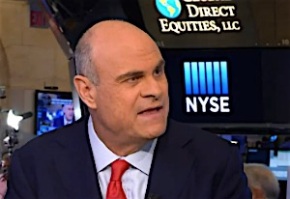
AIG Tops Annuity Sales Chart Again
Eight years after collapsing under the weight of CDS losses and four years after emerging from federal ownership, AIG is again atop the annuity sales charts, with $9.78 billion sold in the first half of 2016. (Pictured: AIG CEO Peter Hancock).



